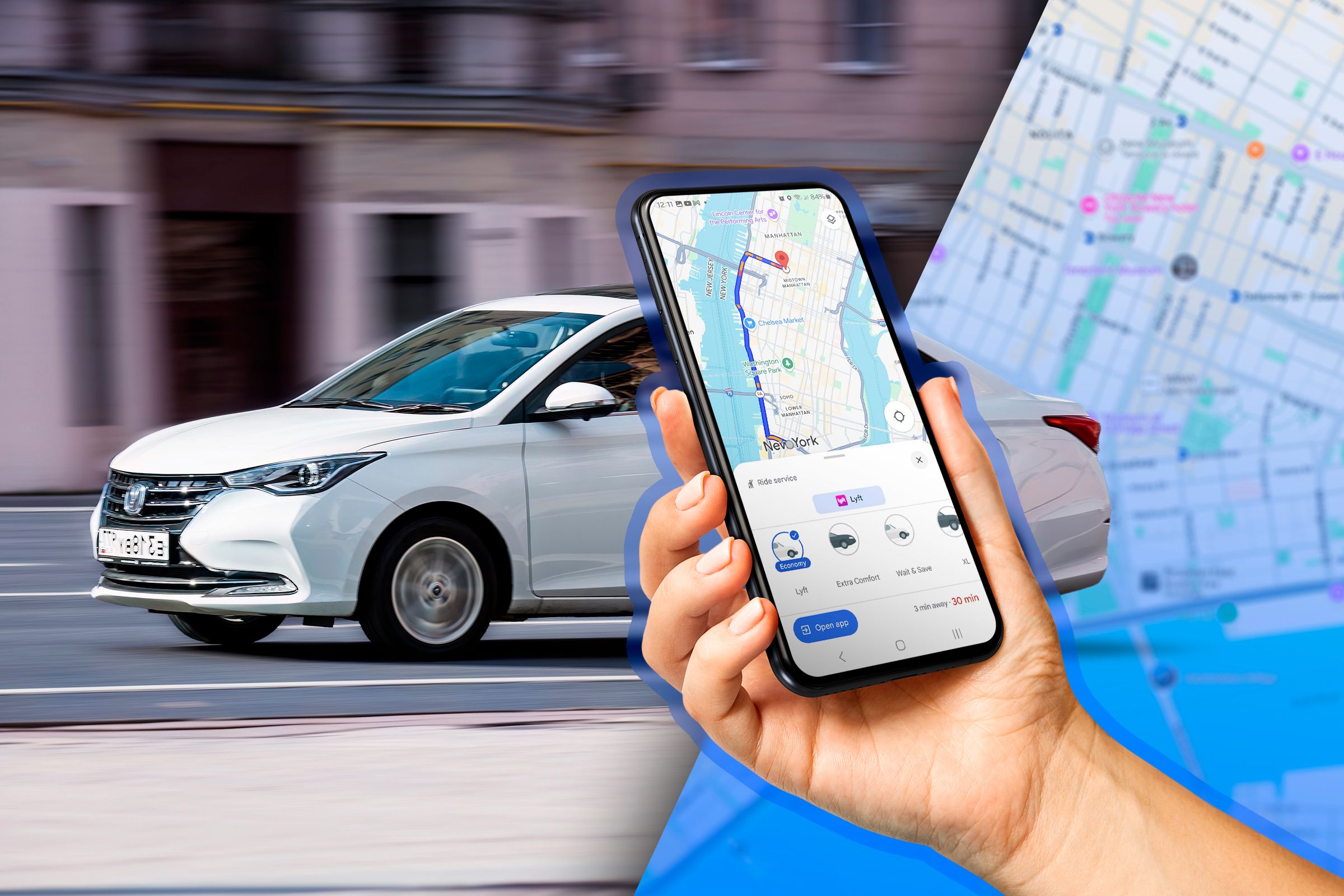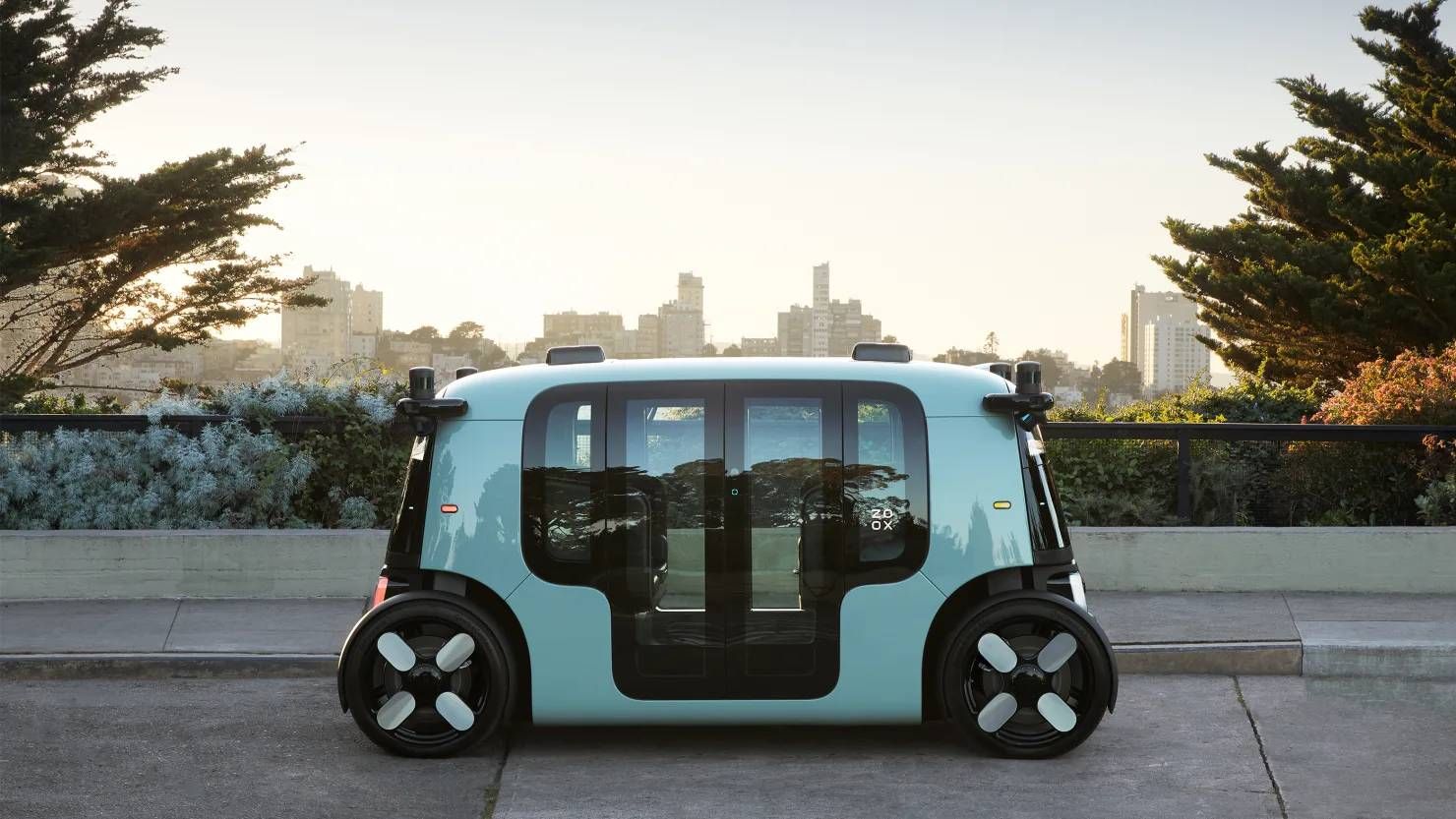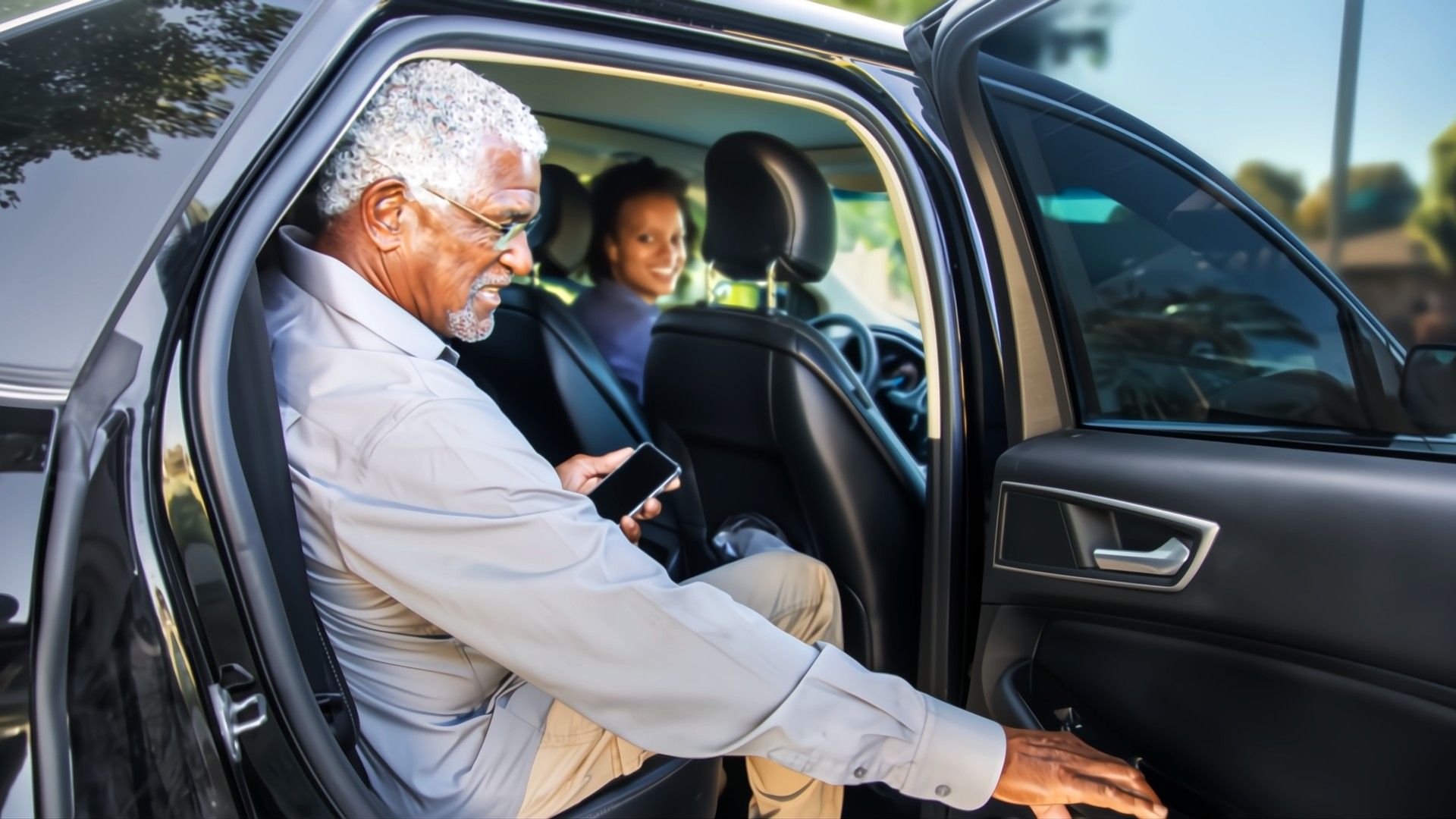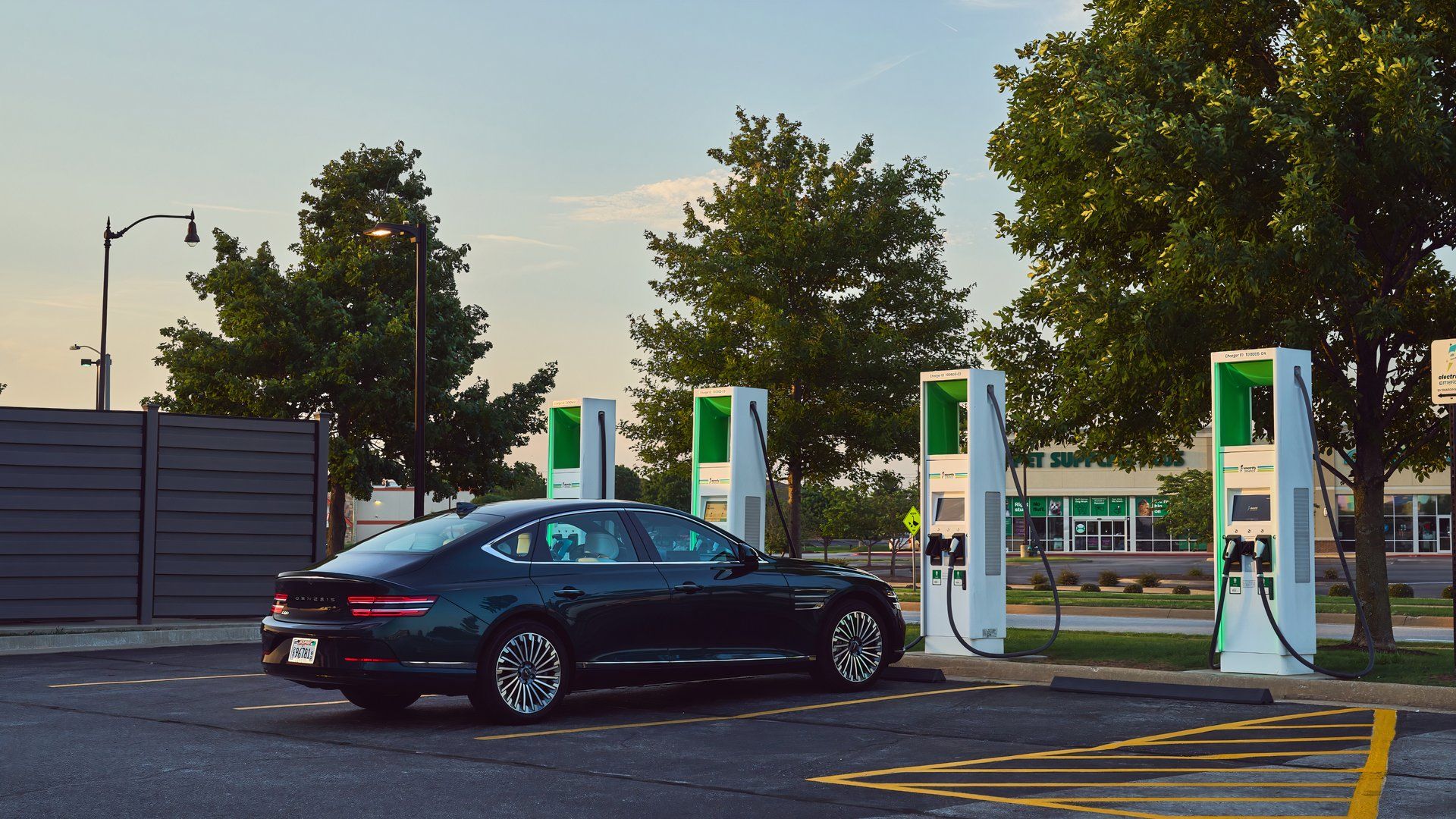You may want to join rideshare apps, like Uber and Lyft, as a driver, especially with how much you can make. I used to make over $200 a night and kept really high ratings. However, there is a lot that keeps me from ever going back to ridesharing that you should keep in mind.
From the passenger’s perspective, the experience seems simple because a driver takes you to your destination, you pay a fare, and that’s the end of it. However, drivers deal with traffic, difficult customers, and growing operating costs that have dwarfed the potential to make money recently. It’s not as easy as stepping into your car and going; it’s about trying to make a profit against so many expectations.
Getting To The Top Wasn’t Easy
Getting and keeping a perfect 5-star rating as a rideshare driver for apps like Uber and Lyft is much more complicated and demanding than just taking passengers where they need to go. It is a never-ending effort to be perfect, and it affects everything from how many ride requests a driver gets to how much money they can make. The pressure never lets up because if a driver’s ratings stay too low, they can lose their account, which means you can no longer earn money this way.
Drivers have to create an environment that feels comfortable and professional, starting even before the passenger gets in the car. Keeping the car spotless, inside and out, is absolutely necessary because riders expect a clean, fresh-smelling space with no clutter. Being on time is also crucial, and if there are unexpected delays, like traffic, you get blamed—sometimes loudly.
Customers expect you to talk about what they want when they want it. You should avoid chatting unless the passenger starts the conversation, but you should always help with bags, close the door lightly, and never expect a tip. Tips come, but they’re so rare that it shouldn’t be taken into account.
Also, Uber calculates ratings based on the last 500 trips, while Lyft uses the last 100. So, if you haven’t done many rides yet, just one bad rating can pull your average way down, and it can take a long time to recover. Since drivers don’t get detailed feedback, it’s hard to know exactly what they did wrong and how to fix it. I happened to be kicked out of Uber for something I didn’t do, but it happened after a particularly bad ride experience.
This could be a coincidence because I remember that Uber’s customer service was really bad. However, it is strange that I had such a poor ride and then found my account deactivated despite having a high rating.

Related
How To Order a Ride From Google Maps
Get rides right from Google Maps.
Verification Methods Aren’t As Good As They Could Be
The current way rideshare platforms like Uber and Lyft verify identities and backgrounds isn’t always done in-house, so there are a lot of issues when it comes to getting things checked. Both companies check drivers’ backgrounds when they first sign up and continue checking them over time, looking at driving records and criminal history. For example, Uber permanently bans anyone convicted of serious crimes like sexual assault, murder, or kidnapping.
Besides standard background checks, both platforms require the driver to get their car checked. It’s simple and easy, especially if you have a newer car, but then that form has to be checked by the service. I did everything correctly and still got kicked out of Uber for a “fraudulent document,” with no proof or evidence as to how I could have done this.
Lyft took the document because it was real, but as I went to work for an outsourcing company, I found out Uber got a lot of its work done with outside companies. There’s a lot of room for failure there, and that meant the bad diver service I got may have been because it wasn’t for Uber. Unfortunately, you can’t argue with the companies when they’re wrong, even when you’re right. It’s a final decision, and you’ve lost financially.
Drivers have to jump through hoops, but their riders don’t. Drivers getting reported is a big deal, while riders generally get blocked by that particular driver, but other drivers have to deal with them. It’s hard to deal with a time-consuming and costly yearly verification process when riders just need to download the app and keep a good rating.

Related
Waymo and Zoox Bring Self-Driving Cabs to More Cities
Zoox’s service is only for employees right now, but Waymo is opening its LA operations to the public.
Gas Is The Silent Killer
For rideshare drivers, the cost of gasoline is not just a regular business expense; it often quietly destroys your profits and makes it hard to keep driving long-term. Even drivers like me with high ratings would be devastated by seeing my earnings shrink every time I filled up my tank. This turned what looked like good pay into very little take-home money.
It’s not an exaggeration when drivers say sometimes up to 40% of their profit goes straight to gas. This is even worse today than it was when I drove because the cost of gas when I drove was around $2.80, and now it’s past $4 a gallon. We’re nearing double the losses I had to deal with, and the driver’s cut of the profits is rising fast enough to meet that loss.
You also wear down your vehicles fast, and since the car is your main tool for work, this leads to constant repairs, upkeep, and eventually needing a new car. Some insurances make you get add-ons because you’re using your car for ridesharing. That yearly verification method came with the cost of paying a mechanic to check the car and pay for an annual business license.
It was good for temporary work while I spent a year studying and trying to get a job, but it was not enough to live off of for a long period. I spent a little over a year on ridesharing, and it was a huge pain with a lot of stress due to how much my car wore down and the gas it cost.
If I Had to Say Which Is Better, That’s Easy
It’s not easy to compare Uber and Lyft if you haven’t driven for very long. On paper, they seem almost the same, with some minor differences in how things are paid out and some services. However, my experience with Lyft’s driver support and how much more helpful the company was with verification makes it much easier to recommend Lyft based on my personal experiences.
Uber and Lyft are not really ways to own your own business because you answer to these companies and their rules. It is possible to get kicked out of Uber as easily as I was, with no repercussions to the company, even though it wasn’t true. I showed them my receipt from the mechanic, and they would not admit fault or reverse their decision.

Related
Self-Driving Buses: Are They Coming to Your City Soon?
I wouldn’t hold my breath.
That’s basically a driver having to deal with a boss who won’t listen, at least in my opinion. So when you’re deciding between what kind of boss you want, you should choose the one that at least tries to help. Lyft was the kind of boss that walked me through its process, answered my calls with cheery professionals, and I have no memories of getting a bad driver that the company did not handle well.
That being said, it does not matter which I think is better because I’d never go back. In my opinion, the money is not worth the hassle and growing costs rthat idesharing comes with. In the end, you feel like you’re not making much, and you’re running through your car’s miles.
If you’re thinking about driving for Uber or Lyft, I’d recommend doing something like Uber Eats, Instacart, Postmates, or a service where people order from restaurants or grocery stores. You won’t have to deal with customers, your car doesn’t need to be clean at the start of every shift, and you’re not going to have to deal with the verification process I dealt with.









Leave a Comment
Your email address will not be published. Required fields are marked *